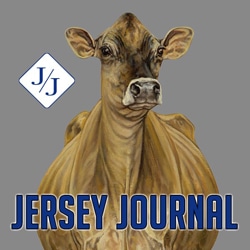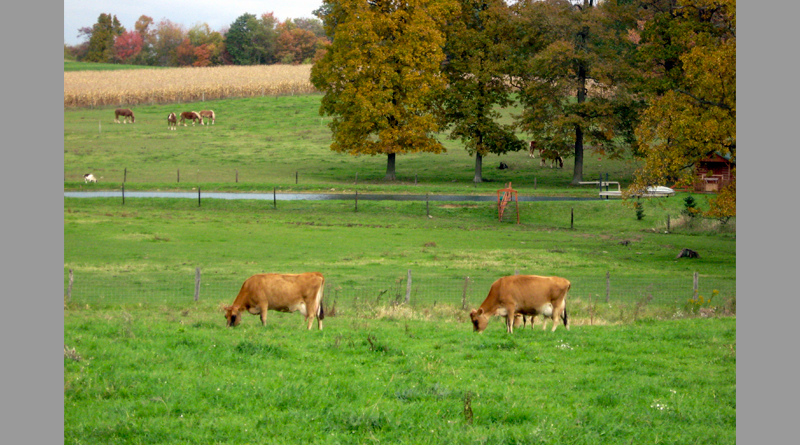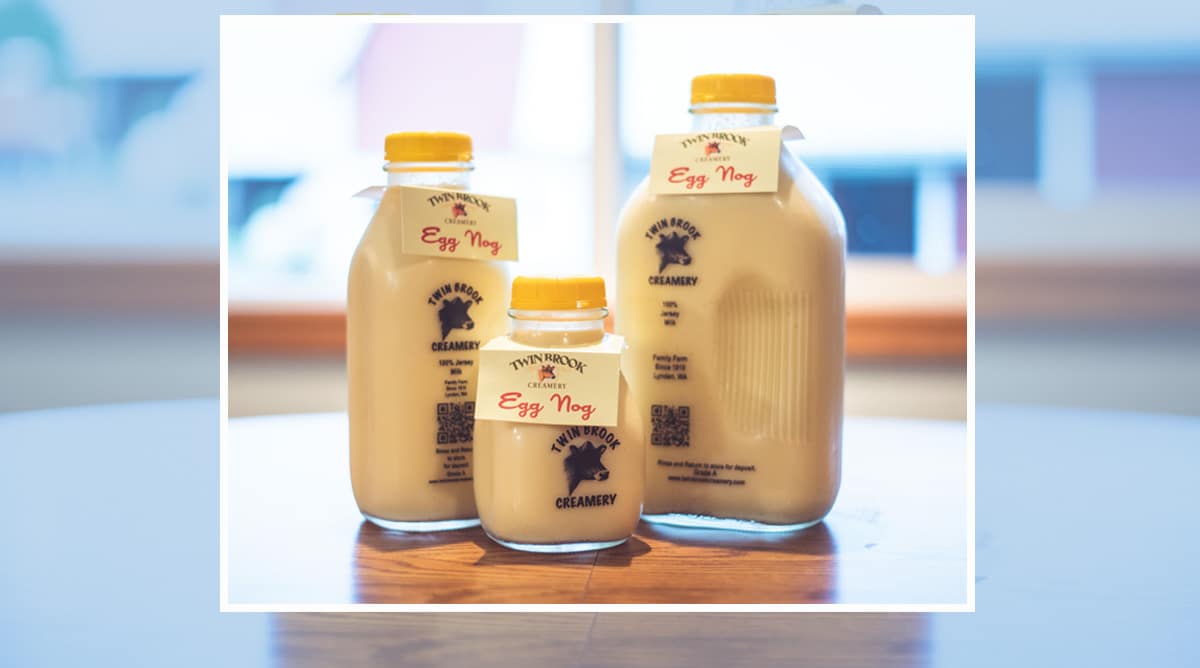Modern dairy production efficiencies reducing environmental impact
A new Journal of Animal Science study shows U.S. dairy farmers have excelled in production efficiencies – so much so that the environmental footprint to produce a gallon of milk has shrunk significantly since 1944 – using 90% less land, 65% less water and having a 63% smaller carbon footprint per gallon of milk. This study is not breed specific, rather looks at the U.S. dairy industry as a whole and how they have evolved from 2007 to 2017.
The study, “The effects of improved performance in the U.S. dairy cattle industry on environmental impacts between 2007 and 2017,” was completed by Judith L. Capper and Roger A. Cady and published October 17, 2019. The effects of improved performance in the U.S. dairy cattle industry on environmental impacts between 2007 and 2017 include:
In 2017, producing a unit of milk required:
- 25.2% less cows than needed in 2007 for the same amount of milk
- 17.3% less of the feedstuffs than needed in 2007 for the same amount of milk
- 20.8% less land than needed in 2007 for the same amount of milk
- 30.5% less water than needed in 2007 for the same amount of milk
- 19.2% less GHG (greenhouse gas) emissions were created than in 2007 for the same amount of milk
There was also a reduction in the amount of waste produced in 2017 versus 2007.
In 2017, producing a unit of milk required:
- 79.4% of the manure produced in 2007 = 20.6% reduction
- 82.5% of the nitrogen excreted in 2007 = 17.5% reduction
- 85.7% of the phosphorus excreted in 2007 = 14.3% reduction
As can be seen in some of the main results of the study, the U.S. dairy industry has made great strides over the past decades while acknowledging and responding to consumer concerns regarding the environmental impacts of dairy production. It is important for members of the industry to continue utilizing new methods and technology to continue to preserve and protect the environment which we depend on for our food sources. Continuing to search for new methods production efficiencies proves to be important as ever in our ever evolving industry.
To fully read the article and view the graphics associated, visit the Journal of Animal Science website.
Jersey Sustainability
For more information on how the Jersey breed excels in sustainability, read this article which pinpoints the sustainability of Jersey milk production related to cheese manufacturing.




